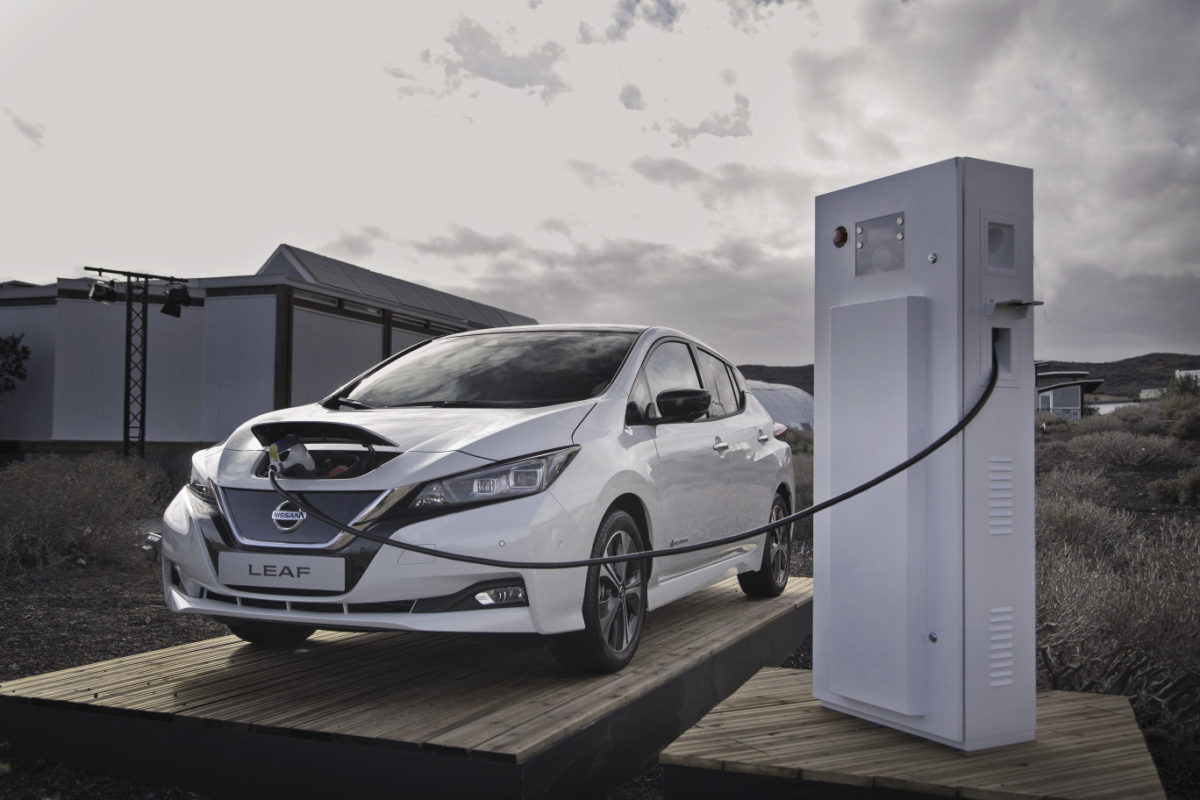
With the price of lithium-ion batteries set to more than halve in 11 years, energy storage – the lion’s, or maybe that should be li-ion’s, share of it in electric vehicles (EVs) – will be performing complex functions to balance supply and demand by 2040, and will have attracted $1.2 trillion in investment by that point.
This more bullish vision of the energy storage market – including a prediction EVs and stationery storage will amount to 942 GW of global installed power capacity – has been posited by analysts at BloombergNEF, in the organization’s Long-term Energy Storage Outlook.
“We have become much more bullish about storage deployments since our last forecast, a year ago,” said Yayoi Sekine, Energy Storage Analyst for BloombergNEF, and co-author of the report. “This is partly due to faster-than-expected falls in storage system costs, and partly to a greater focus on two emerging applications for the technology: electric vehicle charging and energy access in remote regions.”
The price of utility-scale lithium-ion based storage systems is expected to fall 52% by 2030 and that dynamic, combined with an explosion in popularity of EVs and further persuasive economics related to electricity access in off-grid areas, will drive the rise of battery power.
Korea and the US will lead the way
In underserved electricity markets such as Africa, the falling system costs will ensure utilities turn to storage rather than more costly fossil fuel remote generators, never mind extending grid reach, according to the Bloomberg analysts.
But it is other markets that will be in the vanguard of storage, say the report’s authors, with South Korea and the U.S. expected to be pioneers before China – inevitably – assumes leadership into the next decade. India, Japan, Germany, France, Australia and the U.K. are also expected to play pivotal roles, with those nine nations boasting two-thirds of storage capacity by 2040.
The report’s authors predict utility-scale batteries will dominate the stationery market until the mid 2030s, when residential, commercial and industrial behind-the-meter (BTM) systems will surpass them in installed capacity, working intelligently for their owners and being aggregated to offer services to grids.
But of the 7% of the world’s installed energy capacity that will be in the form of storage by 2040, the analysts predict, only 7% of that figure will be represented by stationery batteries. The rest will come from EV use, putting pressures on the global supply of raw materials such as lithium and cobalt.
